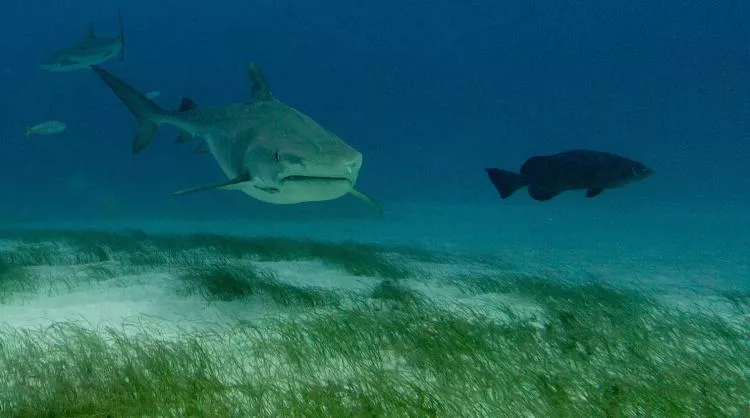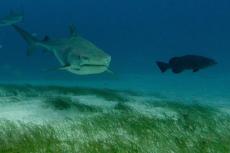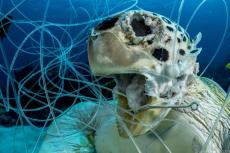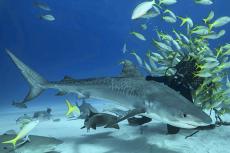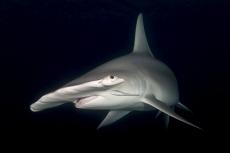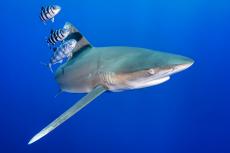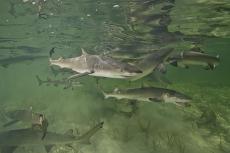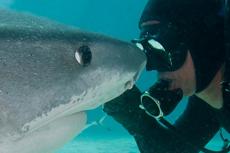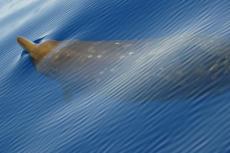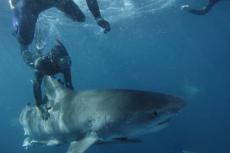Tiger Sharks Help Researchers Uncover Seagrass Ecosystem
A team of researchers attached cameras to tiger sharks in their quest to discover the extent and character of the seagrass ecosystems of the Bahamas and found it to be the largest known seagrass expanse.
Their groundbreaking study, published in 2022, marks a significant milestone in understanding and preserving vital marine ecosystems that are crucial for mitigating climate change.
Tiger sharks and seagrass
Using innovative techniques, Dr Austin J Gallagher and his team of researchers attached camera-equipped tags to tiger sharks to determine the extent of seagrass beds that support a variety of tiger prey. Their data, collected from 2016 to 2020, not only shed light on the vast seagrass habitat itself, but also increased the total known global seagrass coverage by more than 40%.
The tiger shark is known for its solitary and predominantly nocturnal hunting habits; the orca is its only natural predator. Its diverse diet includes crustaceans, fish, seals, birds, squid, sea snakes, dolphins and even smaller sharks, and seagrass is one of its preferred habitats.
Seagrasses play a pivotal role in the mitigation of global warming by trapping and storing substantial amounts of carbon in the seafloor. However, the extent and distribution of seagrass beds remain largely unknown which hinders conservation efforts. The identification of this vast seagrass ecosystem in the Bahamas offers a promising avenue for addressing these challenges.
Seagrass as a carbon sink
Integrating spatial estimates, remote sensing data and diver surveys, the researchers estimate that seagrass habitat covers between 66,000 and 92,000 square kilometres across the Bahamas Banks. Sediment core analysis confirmed the blue carbon stocked (carbon stocked in the ocean) within the ecosystem.
Data from the tiger sharks played a crucial role in mapping the seafloor, complementing remote sensing estimates. The method illustrates how valuable information can be obtained by putting small cameras on marine animals to explore some of the uncharted regions of the ocean.
The findings underscore the importance of preserving seagrass ecosystems. As the world grapples with global warming, initiatives such as these offer valuable insights and solutions to safeguard our oceans' health and resilience.


